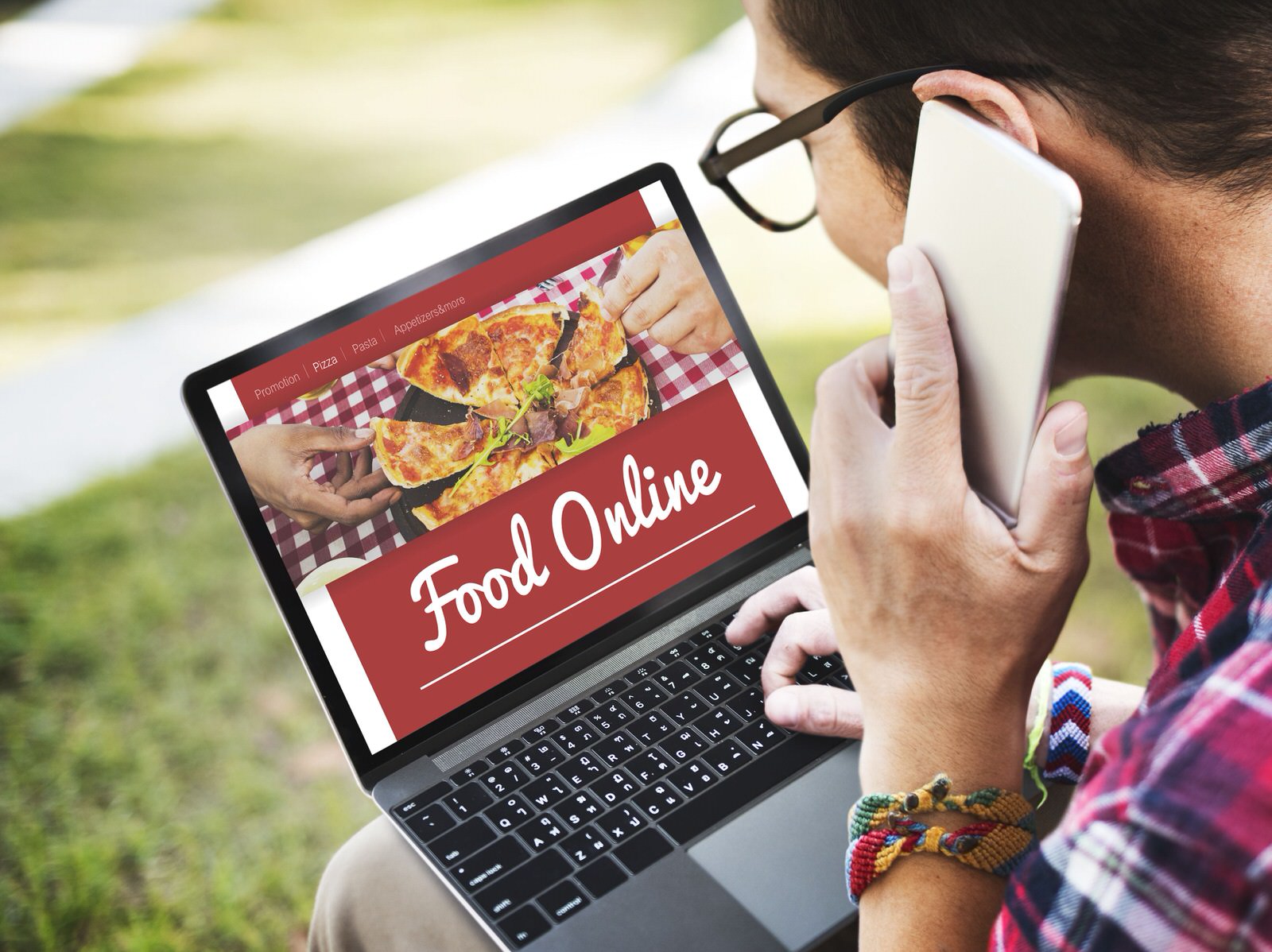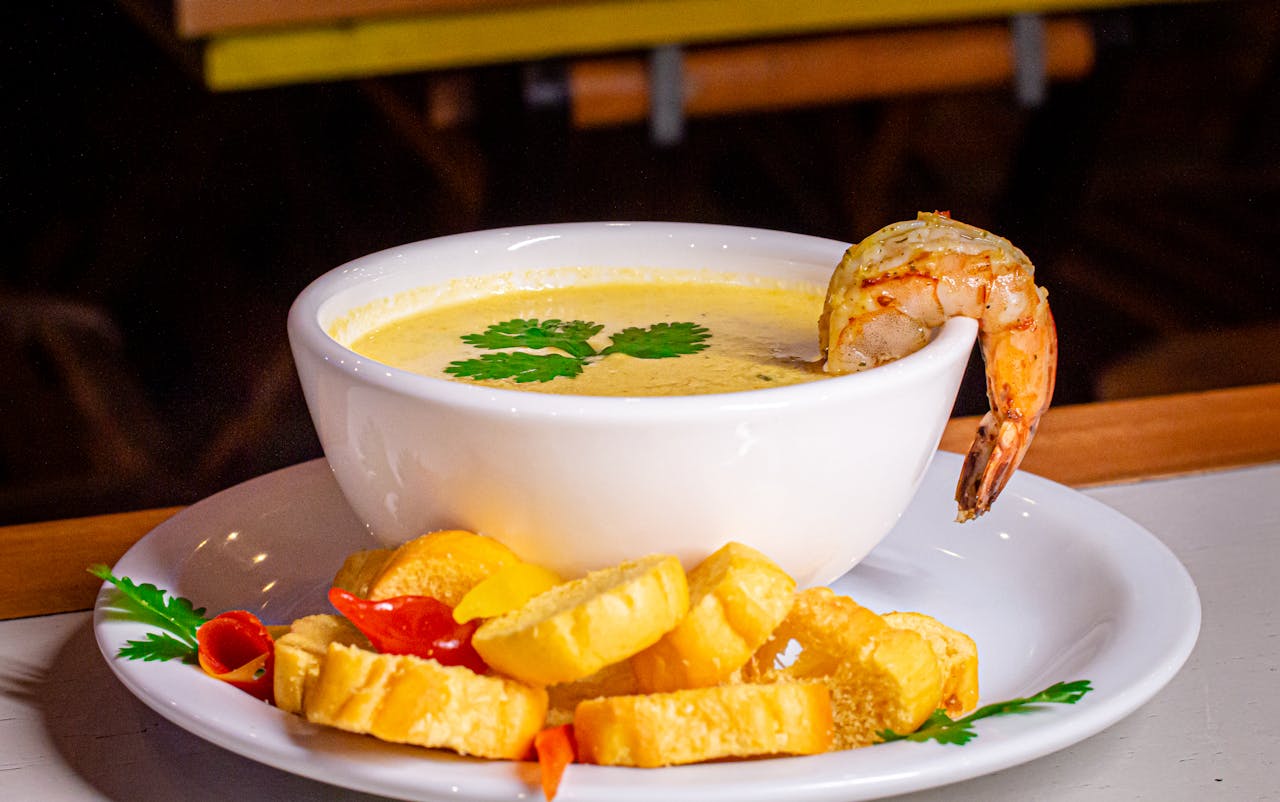10 Menu Pricing Secrets Every Restaurant Owner Should Know
Menu pricing is a crucial aspect of running a successful restaurant. By understanding your food costs, overhead expenses, and target profit margins, you can set prices that ensure financial sustainability while also attracting and satisfying customers. Effective menu pricing requires.

In the competitive world of the restaurant industry, menu pricing is a crucial factor that can make or break your success. Many restaurant owners struggle with finding the right balance between attracting customers with reasonable prices and maintaining a healthy profit margin. However, with the right strategies and insights, you can optimize your menu pricing to maximize both customer satisfaction and your bottom line.
In this comprehensive guide, we'll dive into 10 menu pricing secrets that every restaurant owner should know. From understanding your food costs and market positioning to leveraging psychological pricing tactics and menu engineering techniques, we'll cover all the essential aspects of effective menu pricing. Whether you're a seasoned restaurateur or just starting out, these tips will help you make informed decisions and avoid common pricing pitfalls.
1. Know Your Food Costs Inside and Out

The foundation of successful menu pricing lies in accurately calculating your food costs. This involves breaking down each dish into its individual ingredients and determining the cost of each component. Don't forget to account for often-overlooked items like cooking oil, seasonings, and garnishes, as these can add up over time.
Once you have a clear picture of your food costs, you can set menu prices that ensure a sufficient profit margin. Industry experts recommend aiming for a food cost percentage between 25-35%, depending on your restaurant type and target market. Fine dining establishments may have slightly higher food cost percentages around 35-40%, while casual eateries typically aim for the lower end of the range.
2. Understand Your Overhead Expenses and Profit Margins

In addition to food costs, it's essential to factor in your overhead expenses when determining menu prices. This includes costs like rent, utilities, labor, insurance, and equipment maintenance. A common mistake is setting prices solely based on food costs without considering these other expenses that impact your bottom line.
To account for overhead and ensure a healthy profit margin, start by calculating your total cost per serving for each menu item. This includes both the food cost and the overhead cost per serving. Then, divide that sum by your target profit margin to arrive at the appropriate selling price. For example, if a dish has a $5 food cost and a $3 overhead cost per serving, and you're aiming for a 15% profit margin, your menu price would be calculated as follows:
($5 food cost + $3 overhead) / (1 - 0.15) = $9.41
3. Conduct Competitive Market Research

Understanding your local market and competitors' pricing is crucial for setting appropriate menu prices. You don't want to price yourself out of the market, but you also don't want to undervalue your offerings. Conduct thorough research by visiting similar restaurants in your area and analyzing their menu prices, portion sizes, and overall value proposition.
Keep in mind that while it's important to be aware of competitor pricing, you shouldn't simply mimic their prices. Your menu prices should align with your own restaurant's unique positioning, target audience, and financial goals. Use competitor data as a benchmark, but make strategic pricing decisions based on your specific circumstances.
4. Leverage Psychological Pricing Techniques

Menu pricing isn't just about the numbers; it's also about understanding consumer psychology. Certain pricing techniques can influence customers' perceptions and purchasing decisions. One popular tactic is charm pricing, which involves using prices that end in .95 or .99 instead of round numbers. This makes prices appear more attractive and can encourage sales.
Another effective strategy is anchoring, where you place a higher-priced item at the top of the menu to make other dishes seem more reasonably priced by comparison. You can also use visual cues like boxes, shading, or icons to draw attention to high-profit items you want to sell more of.
5. Implement Menu Engineering Best Practices

Menu engineering is the strategic process of designing your menu to maximize profitability and guide customers toward the items you want them to order. This involves analyzing sales data to identify your "stars" (popular, high-profit items), "puzzles" (popular, low-profit items), "plowhorses" (unpopular, high-profit items), and "dogs" (unpopular, low-profit items).
By understanding your menu mix, you can make informed decisions about which items to promote, reprice, or remove. Place your stars in prominent menu locations, use enticing descriptions to highlight their appeal, and consider raising their prices slightly to boost margins. For puzzles, look for ways to reduce costs or increase prices without sacrificing quality or value perception.
6. Offer Tiered Pricing Options

Providing customers with a range of pricing options can help you capture a wider audience and increase overall sales. Consider offering small, medium, and large portions at different price points, or create combo meals that bundle popular items together at a slight discount.
Tiered pricing allows price-sensitive customers to choose lower-cost options while still giving them access to your offerings. At the same time, it encourages upselling and provides an opportunity for higher-margin sales from customers willing to pay more for larger portions or premium combinations.
7. Use Limited-Time Offers and Promotions Strategically

Limited-time offers (LTOs) and promotions can be powerful tools for driving sales and creating a sense of urgency. By offering special deals for a short period, you can attract price-sensitive customers and encourage them to try new or featured items.
However, it's important to use LTOs strategically and not rely on them too heavily. Constant discounting can erode your brand image and train customers to expect lower prices. Instead, use promotions selectively to boost sales during slow periods, move excess inventory, or introduce new menu items. Make sure the discounted prices still allow for a reasonable profit margin and align with your overall pricing strategy.
8. Monitor Food Trends and Adapt Accordingly

Staying on top of food trends is crucial for keeping your menu fresh, relevant, and appealing to customers. As new ingredients, flavors, and dietary preferences gain popularity, incorporating them into your menu can help you attract a wider audience and justify premium pricing.
However, it's important to balance trendiness with profitability. Some trendy ingredients may come with higher costs, which can impact your margins if not priced appropriately. Conduct thorough recipe costing and market research before adding new items to ensure they fit your brand positioning and financial goals.
9. Regularly Review and Adjust Your Prices
Menu pricing is not a one-time task but an ongoing process that requires regular review and adjustment. Factors like changing food costs, seasonal availability, and shifts in consumer preferences can all impact the profitability and relevance of your menu items.
Establish a routine for reviewing your menu prices, ideally on a quarterly basis or with each seasonal menu change. Analyze your sales mix, food cost percentages, and profit margins to identify areas for improvement. Make strategic adjustments based on your findings, but be cautious about making too many changes too frequently, as this can confuse or alienate customers.
10. Educate and Engage Your Staff
Your front-of-house staff plays a crucial role in communicating the value and appeal of your menu items to customers. Make sure they are well-trained on your menu pricing strategy, including any promotions, upselling techniques, or tiered pricing options.
Engage your staff in the menu development process, soliciting their feedback on customer preferences and popular dishes. Encourage them to make personalized recommendations and highlight the unique features or ingredients that justify premium prices. By empowering your staff to be knowledgeable and enthusiastic ambassadors for your menu, you can enhance the customer experience and drive higher sales.
Conclusion:
Menu pricing is a complex and multifaceted aspect of running a successful restaurant. By understanding your food costs, overhead expenses, and target profit margins, you can set prices that ensure financial sustainability. Conducting competitive research, leveraging psychological pricing techniques, and implementing menu engineering best practices can help you optimize your menu for maximum profitability and customer appeal.
Remember to offer tiered pricing options, use limited-time offers strategically, and stay attuned to food trends while maintaining a focus on profitability. Regularly review and adjust your prices based on data-driven insights, and engage your staff in the menu development and promotion process.
By applying these 10 menu pricing secrets, you'll be well-equipped to make informed decisions that drive success for your restaurant. Effective menu pricing is not just about the numbers; it's about creating a holistic strategy that balances financial goals with customer satisfaction and loyalty. With the right approach, you can unlock the full potential of your menu and set your restaurant up for long-term growth and profitability.





